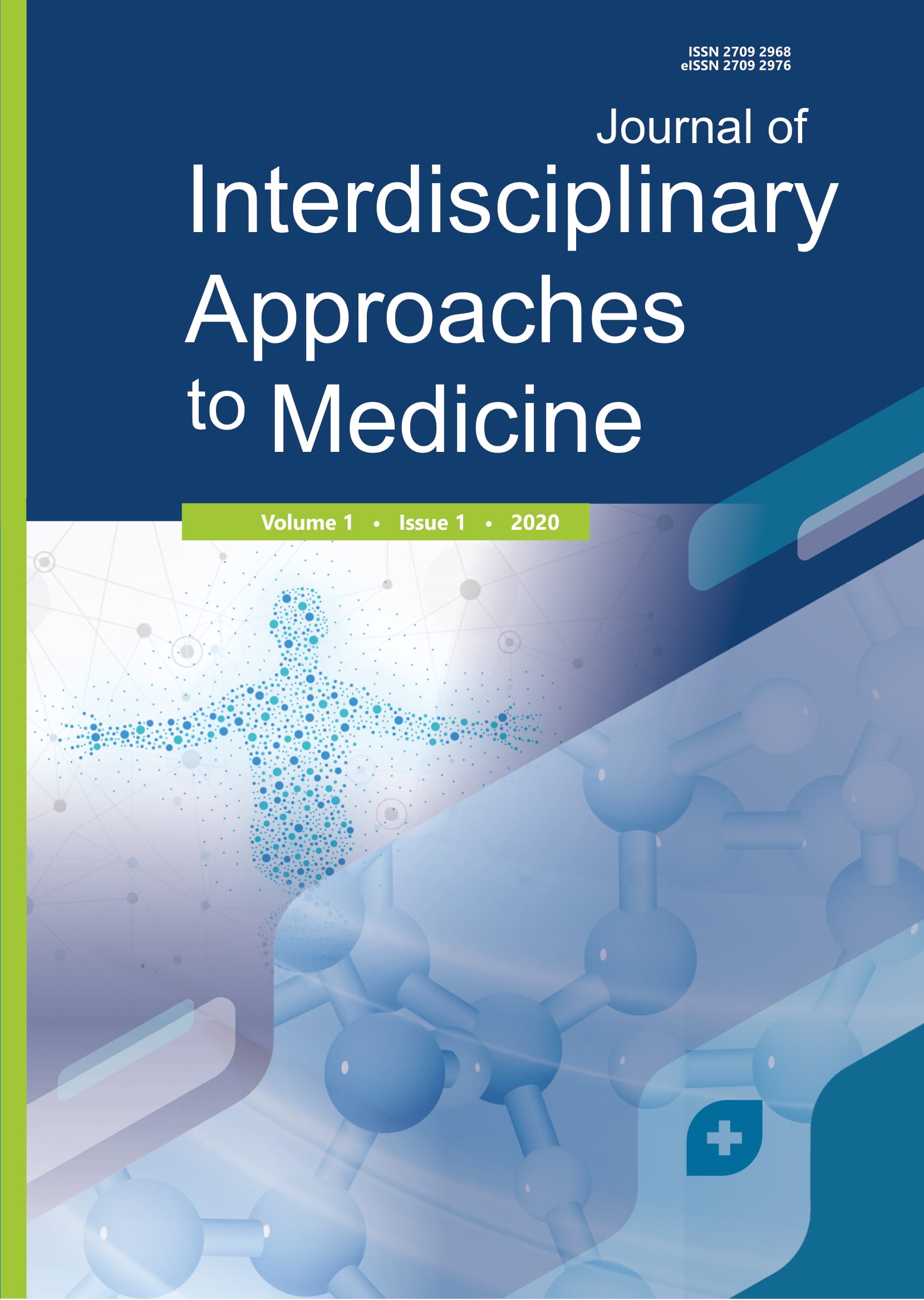PREVENTION OF POSTOPERATIVE COMPLICATIONS IN PURULENT PERITONITIS
DOI:
https://doi.org/10.26577/IAM.2020.v1.i1.06Keywords:
Peritonitis, postoperative complications, visceroparietal adhesions, prevention of adhesions, acute adhesive intestinal obstructionAbstract
Objective of the study is to improve the efficiency of surgical treatment of peritonitis by introducing new methods of prevention of postoperative complications.In this paper, we presented the results of clinical studies of 180 patients operated on various forms of diffuse peritonitis.We developed the “Drainage device” consisting of coaxially placed tubes, optimal for draining the irregularly shaped cavities, and applied it in clinic.Anolyte solution, which is an aqueous solution of diluted sodium chloride solution passed through the electrochemical reactor, has been used to cleanse the abdominal cavity. The bactericidal effect of the solution has been clearly demonstrated by the results of bacteriological studies.We have validated that viscero-parietal adhesions play pathogenetic role in the mechanism of acute adhesive intestinal obstruction, the latter being the result of fixation of two multifunctional organs, small bowel and anterior abdominal wall, which leads to continuous traction with accompanying ischemia, pain syndrome and impaired passage of intestinal contents.In order to prevent viscero-parietal adhesions in peritonitis and acute adhesive small bowel obstruc- tion, we proposed a novel Method for the prevention of acute adhesive bowel obstruction”.The introduction of these preventive methods into clinical practice resulted in a threefold decrease in the number of postoperative complications.



